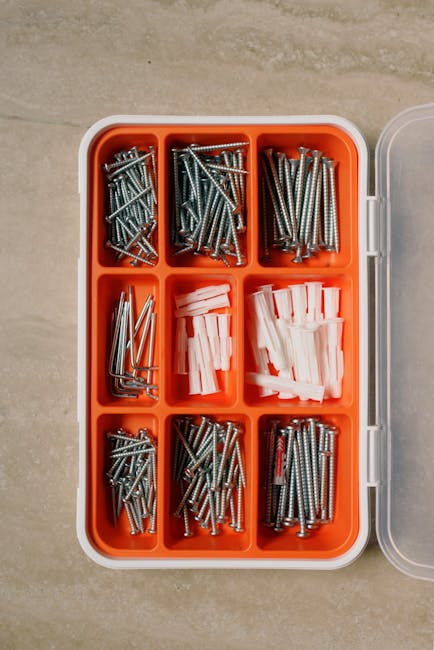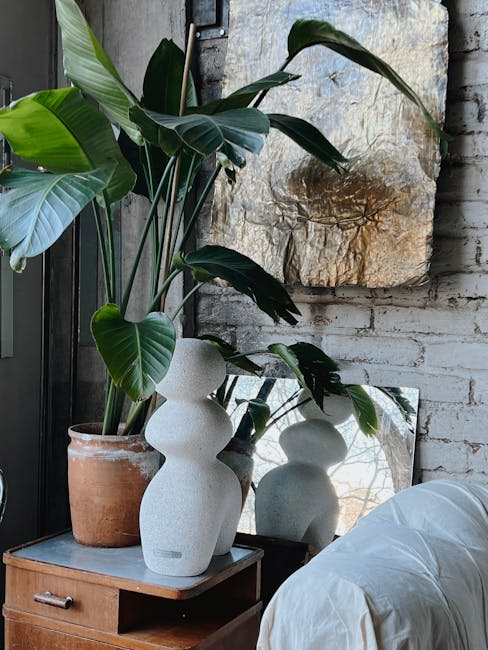Smart Drip Irrigation System You Can Build Yourself
Introduction
Are you tired of manually watering your garden? Do you want to save water and money while ensuring your plants receive the perfect amount of hydration? Building your own smart drip irrigation system is the answer! This DIY project allows you to automate watering, monitor soil moisture, and even control your system remotely. Not only is it cost-effective, but it’s also an excellent way to customize a system perfectly tailored to your garden’s specific needs. This guide will walk you through the process of building your own smart drip irrigation system.
Building Your Smart Drip Irrigation System
Planning & Components
Before diving into the build, careful planning is essential. Consider the following:
- Garden Layout: Map out your garden, noting the locations of plants and their watering needs. Different plants require different amounts of water.
- Water Source: Identify your water source (e.g., tap, rain barrel) and its pressure. A pressure regulator might be necessary.
- Component Selection: Choose the right components based on your garden’s needs. This includes the microcontroller, sensors, valves, and tubing.
Essential Components
Here’s a breakdown of the key components you’ll need:
- Microcontroller (e.g., Arduino, Raspberry Pi): The brain of your system. It controls the valves and processes sensor data. Arduino is a popular choice for beginners.
- Soil Moisture Sensors: These sensors measure the moisture level in the soil and send data to the microcontroller. Choose sensors designed for outdoor use.
- Solenoid Valves: These valves control the flow of water to your drip lines. Choose valves that are compatible with your water pressure.
- Drip Tubing & Emitters: Drip tubing delivers water to the plants, and emitters regulate the amount of water each plant receives. Consider different emitter types (e.g., pressure-compensating, adjustable).
- Water Pump (if needed): If your water source has low pressure, you’ll need a pump to boost the pressure.
- Power Supply: Provides power to the microcontroller, sensors, and valves.
- Enclosure: A waterproof enclosure to protect the electronics from the elements.
- WiFi Module (optional): Allows remote monitoring and control via a smartphone app or web interface. ESP8266 or ESP32 are common choices.
Assembly & Wiring
This is where you connect the components:
- Sensor Connection: Connect the soil moisture sensors to the microcontroller’s analog input pins.
- Valve Control: Connect the solenoid valves to the microcontroller’s digital output pins, typically through a relay module to handle the higher voltage.
- Powering the System: Connect the power supply to the microcontroller and other components.
- Tubing Connection: Connect the solenoid valve to your main water line and then to the drip tubing. Run the drip tubing to your plants and install emitters.
Programming the Microcontroller
You’ll need to write code to control the system. Here’s a basic outline:
- Sensor Readings: Read the values from the soil moisture sensors.
- Valve Control Logic: Turn the valves on or off based on the sensor readings. For example, if the soil moisture is below a certain threshold, turn the valve on; otherwise, turn it off.
- Scheduling (optional): Implement a schedule to water at specific times of the day, regardless of the sensor readings.
- Remote Control (optional): If you’re using a WiFi module, create a web interface or app to control the system remotely. Use libraries like Firebase or MQTT for data communication.
Testing & Calibration
After assembly and programming, test and calibrate your system:
- Sensor Calibration: Calibrate the soil moisture sensors to accurately reflect the soil moisture levels in your garden.
- Valve Timing: Adjust the valve timing to deliver the correct amount of water to each plant.
- Leak Testing: Check for leaks in the tubing and connections.
Troubleshooting
Common issues and solutions:
- Sensors Not Reading Correctly: Check sensor wiring, ensure proper calibration, and replace faulty sensors.
- Valves Not Opening/Closing: Check valve wiring, relay connections, and power supply.
- Leaks: Tighten connections, replace damaged tubing, and use Teflon tape on threaded fittings.
- Microcontroller Errors: Double-check the code for errors, verify connections, and ensure the microcontroller is properly powered.
Conclusion
Building your own smart drip irrigation system might seem daunting, but it’s a rewarding project that can save you time, water, and money. By following these steps and customizing the system to your garden’s specific needs, you can create an efficient and effective watering solution. With a bit of planning, some basic electronics knowledge, and a little elbow grease, you’ll be well on your way to a thriving, well-watered garden.














Post Comment